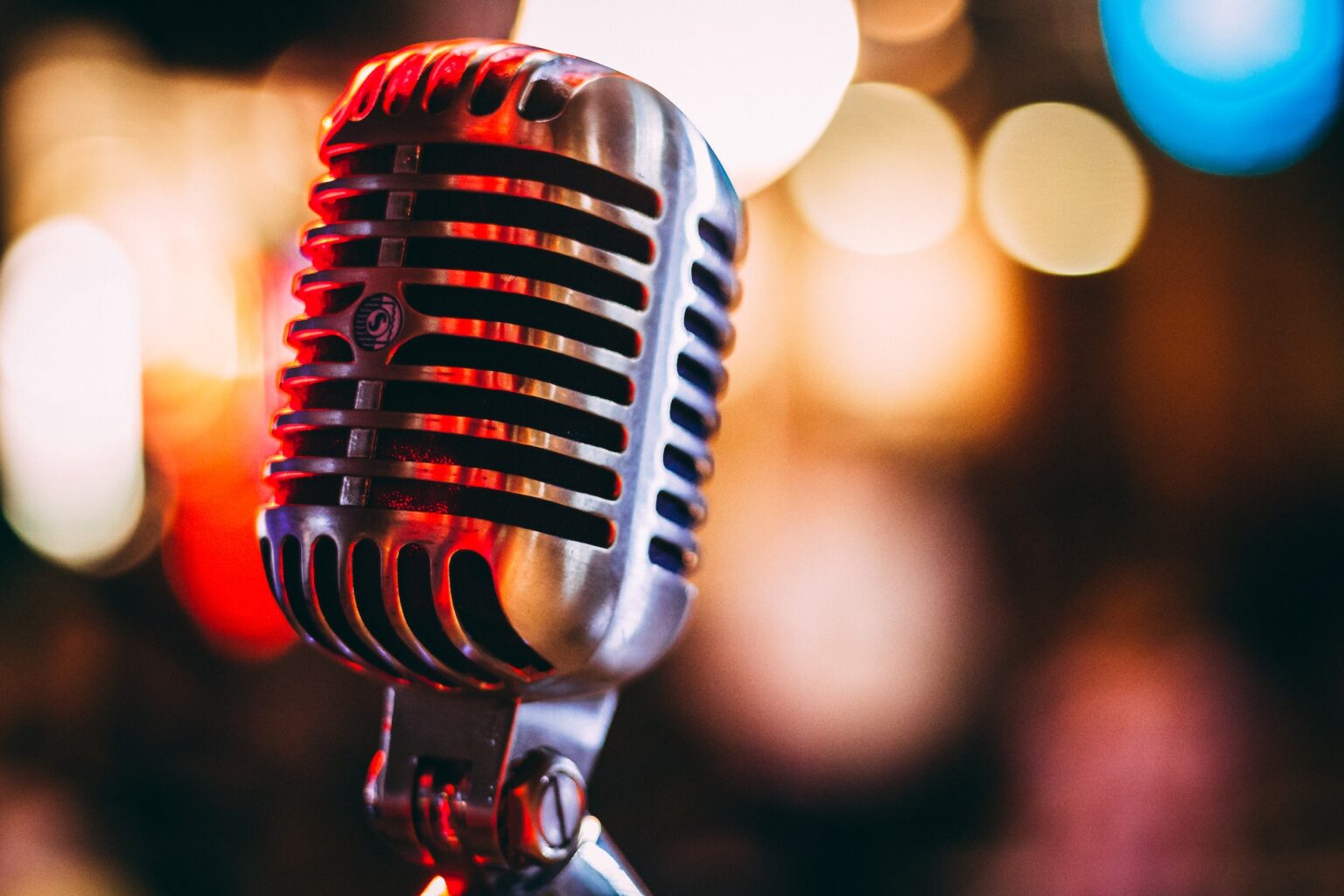When it comes to creating high-quality videos, audio is just as important as visuals. Selecting the right microphone for your video projects can make a significant difference in capturing clear and professional-grade sound. In this blog post, we will explore the essential factors to consider when choosing a microphone for video production. Whether you’re a beginner or an experienced videographer, this guide will help you make informed decisions and elevate the audio quality of your videos. Let’s get started!
Understand Different Microphone Types
Microphones come in various types, each suited for different recording scenarios. The three primary microphone types for video production are:
a. Shotgun Microphones: Ideal for capturing sound from a distance or in outdoor environments, shotgun microphones have a narrow pickup pattern that focuses on the audio source in front of the camera.
b. Lavalier Microphones: Also known as lapel mics, lavalier microphones are small and discreet, making them perfect for interviews, presentations, or situations requiring hands-free operation.
c. Studio Condenser Microphones: Typically used in controlled environments, condenser microphones deliver high audio fidelity and are suitable for voice-overs, narration, or studio recording setups.
Consider the Recording Environment
The recording environment plays a vital role in selecting the appropriate microphone. Factors to consider include:
a. Indoor or Outdoor: Determine if your video projects will be predominantly shot indoors or outdoors. Shotgun microphones excel in outdoor environments with their ability to focus on specific sound sources, while lavalier or studio condenser microphones work best indoors.
b. Background Noise: Assess the noise levels in your recording environment. Shotgun microphones have better off-axis rejection, making them effective in reducing unwanted background noise.
c. Acoustic Treatment: If you have control over the recording space, consider investing in acoustic treatment to minimize echoes and reverberations, allowing studio condenser microphones to capture clear and accurate sound.
Connectivity Options
Consider the connectivity options that best suit your recording setup and equipment:
a. XLR: XLR microphones offer professional-grade audio quality and require an audio interface or mixer with XLR inputs. They provide balanced connections and are commonly used in studio environments.
b. USB: USB microphones are convenient and beginner-friendly, as they can be directly connected to your computer without the need for additional equipment. They are suitable for recording voice-overs, podcasts, or videos requiring a quick and easy setup.
Budget and Quality
Balance your budget with the desired audio quality. While professional-grade microphones tend to be more expensive, there are affordable options that still deliver excellent sound. Consider your specific needs, long-term goals, and the level of audio quality required for your projects.
Research and Test
Before making a final decision, conduct thorough research and, if possible, test out different microphone options. Read reviews, watch video comparisons, and seek recommendations from trusted sources. Testing a microphone allows you to assess its sound quality, compatibility with your equipment, and suitability for your recording needs.
Choosing the right microphone is a crucial step in elevating the audio quality of your video projects. By understanding microphone types, considering the recording environment, evaluating connectivity options, balancing budget and quality, and conducting thorough research, you can select a microphone that best suits your needs. Remember, investing in a quality microphone will enhance the overall production value of your videos and ensure your audience enjoys a rich and immersive audio experience.



